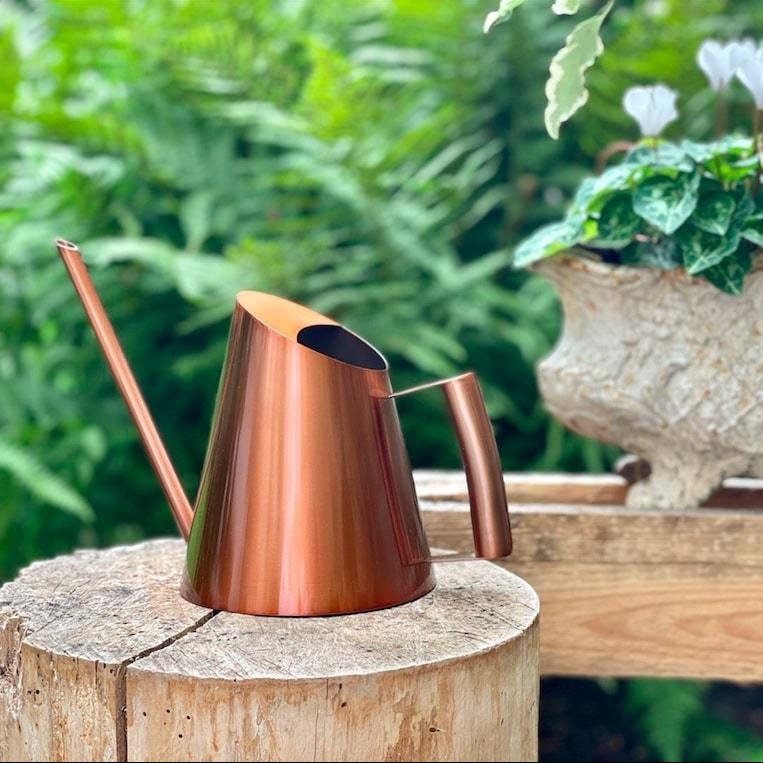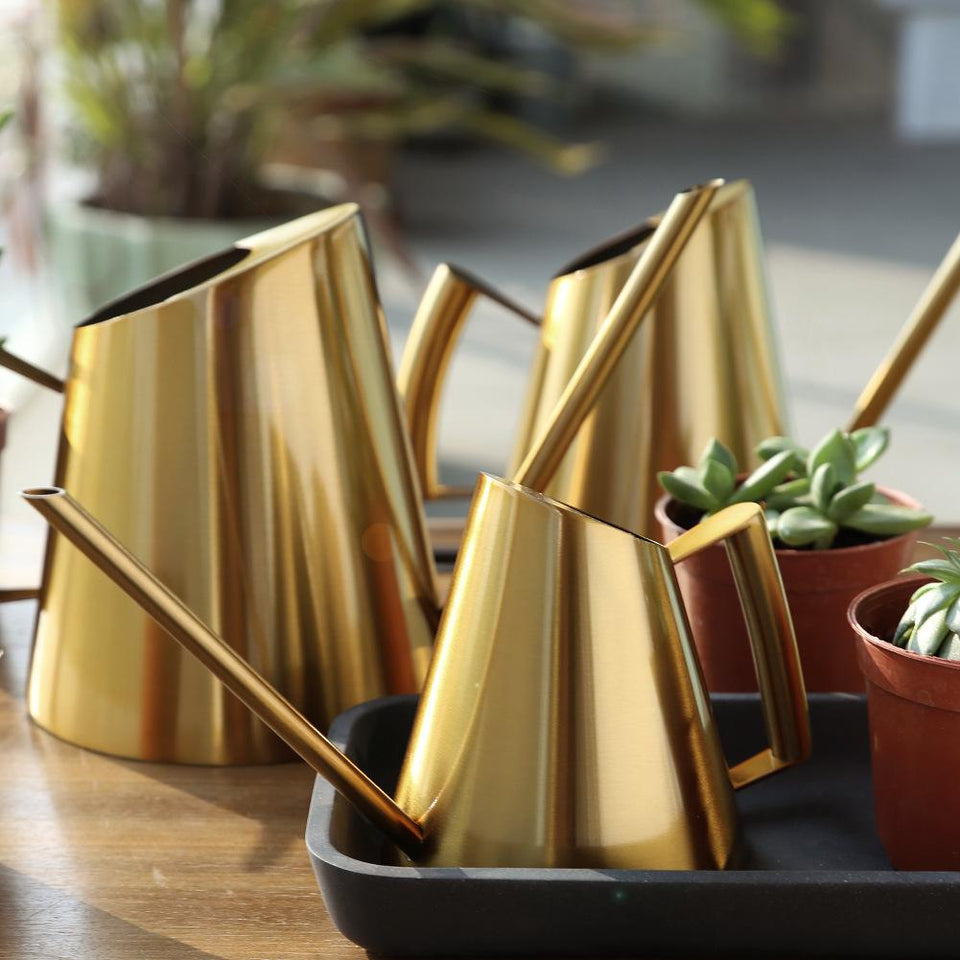
Watering your plants with cooking water
of reading
Every day, liters of nutrient-rich water end up down our kitchen sinks. It's an invisible but real waste.
Whether you're cooking pasta, rice, or vegetables, this cooking water isn't waste: it's a free, natural liquid fertilizer . It's full of minerals released by the food during cooking.
But beware, there's one golden rule to follow: salt. Let's transform your kitchen scraps into a growth elixir together.
1. Which water for which benefit?
Not all water is created equal. Depending on what you've cooked, you won't be providing the same nutrients to your soil:
🥦 Vegetable Water (The Vitamin Cocktail)
This is the best. When boiled, the vegetables release vitamins and minerals (iron, magnesium) into the water.
Tip: Choose organic vegetables to avoid concentrating pesticides in your watering can.
🥚 Egg Water (Calcium)
Never throw away the water from your hard-boiled eggs! The shell releases calcium when boiled. This is a vital element for strengthening plant cell walls and preventing certain deficiencies.
🍝 Starch Water (The Booster)
The water in pasta, rice, or potatoes is cloudy. This is starch . This starch is excellent for stimulating bacterial life in the soil (the good bacteria that nourish the plant).
Caution: The water in starchy foods ferments quickly. Use it within 24 hours.
2. The 3 Absolute Safety Rules
Before pouring your saucepan into your houseplant, read this carefully:
🚫 Rule #1: No SALT!
This is a classic mistake. Salt (sodium) is toxic to most plants. It burns the roots and sterilizes the soil.
If you have salted your cooking water, do not use it as fertilizer (see point 4).
❄️ Rule #2: Let it cool
Boiling water instantly kills roots. Always let your water return to room temperature before watering.
🎯 Rule #3: Aim for the ground, not the leaves
Cooking water (especially pasta water) leaves unsightly white marks when it dries and can clog the pores of the leaves. Watering should be done precisely at the base of the plant.
Surgical Precision
Cooking water is valuable but messy for the foliage. To apply this fertilizer directly to the soil without splashing, you need the right tool.
- 🎯 Fine Beak: Allows you to slip under the leaves to reach the ground.
- ✨ Stainless Copper: A robust material that is not affected by warm or hard water.
- 🏆 Best-Seller: The favorite tool of urban gardeners.

3. How to proceed in practice?
Here's the ideal routine for adopting this eco-friendly practice:
- Cook without salt (you can add salt to your plate, it's healthier!).
- Collect the water in a salad bowl or directly in your watering can (if it is metal).
- Let it cool for a few hours.
- Water your plants at the base.

While it cools down...
Leaving a pot of dirty water on the counter isn't very elegant. Transfer your cooking water into our Golden Watering Can. It will patiently wait for the water to reach the right temperature, all while adding a decorative touch to your kitchen.
- ✨ Scandinavian design: So beautiful you won't put it away in the closet.
- 💧 Ideal Capacity: Perfect for collecting water from cooking pasta.
4. What if I've added salt to my water? (The Weed Killer Tip)
All is not lost! Boiling salt water is a total and powerful weed killer .
Never pour it on your plants. Instead, pour it (still boiling hot) on the weeds growing between the paving stones of your patio or in your gravel driveway. The thermal shock combined with the salt will kill even the most stubborn weeds, without the use of chemicals like glyphosate.
Cook, Water, Thrive
Sustainable gardening starts in the kitchen. By adopting this simple habit, you save water and feed your plants for free.
To accompany this new virtuous routine, choose durable tools that will make you want to garden.
See the Designer Watering Cans collection





Michel Bélanger
Je fais l’expérience de l’eau de cuisson de pomme de terre donc je ne cesse d’avoir de bon commentaire, je vous en donnerai des nouvelles
Hugues
Bonjour, hier midi j’ai arrosé une clématite – replantée il y a quelques jours – avec l’eau non pas de cuisson mais de lavage à froid et de trempage (10 minutes) d’une botte d’asperges vertes fraîches. Environ 5 litres d’eau. Les feuilles de la clématite ont blanchi et fané en deux heures. Asperges = poison pour les autres plantes ?
Belot MASSON
Je le teste actuellement sur les plantes d’intérieur. Avez-vous des conseils pour conserver cet engrais ( durée de conservation)?
Basset
Apres la cuisson de mes pâtes j j’ai récupéré l eau chaude et laissé refroidir plus d une heure le liquide était un peu épais.
Comment le liquéfier après pour l arrosage?sachant que l’eau doit être froid pour pouvoir arroser
Le Duc A
Bonjour, dans le cadre d’un projet scolaire nous aimerions connaitre de l’auteur de cet article.
merci